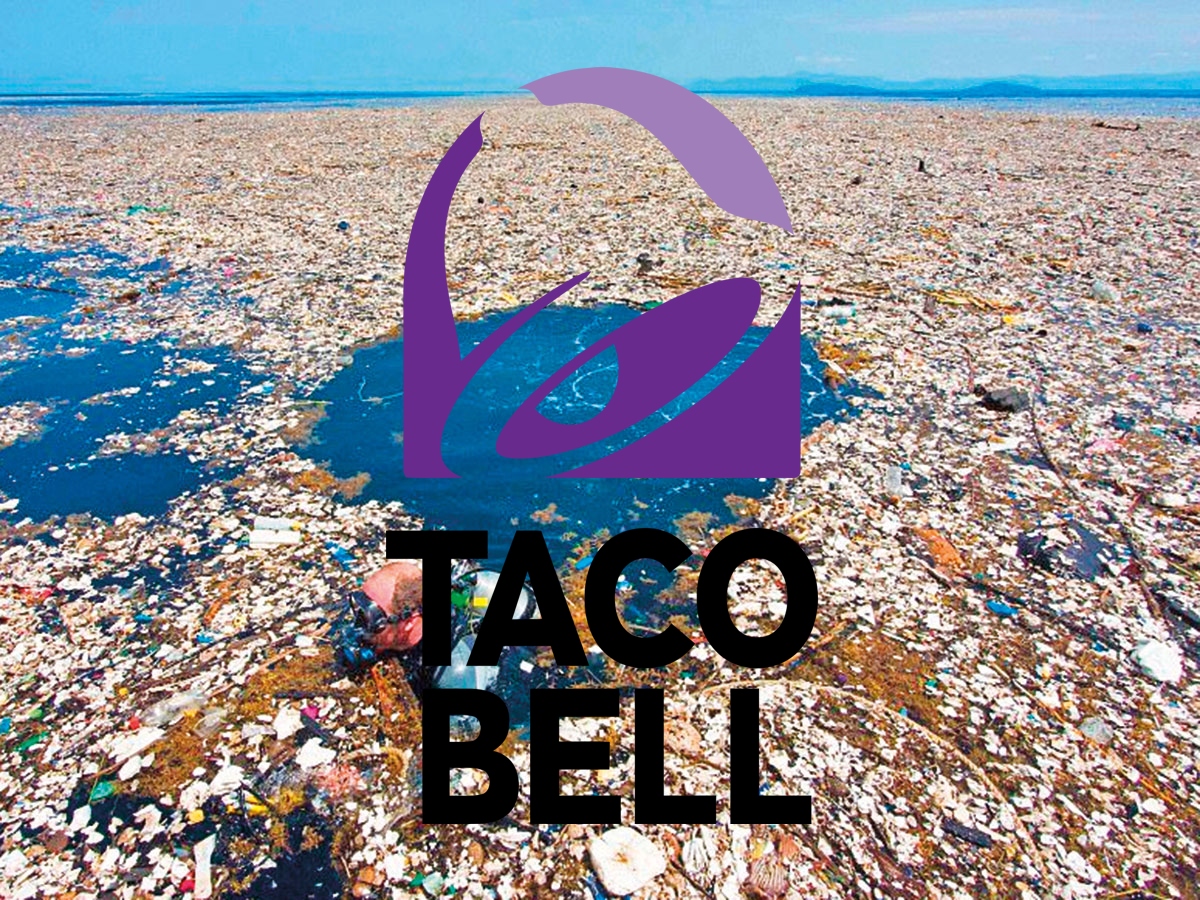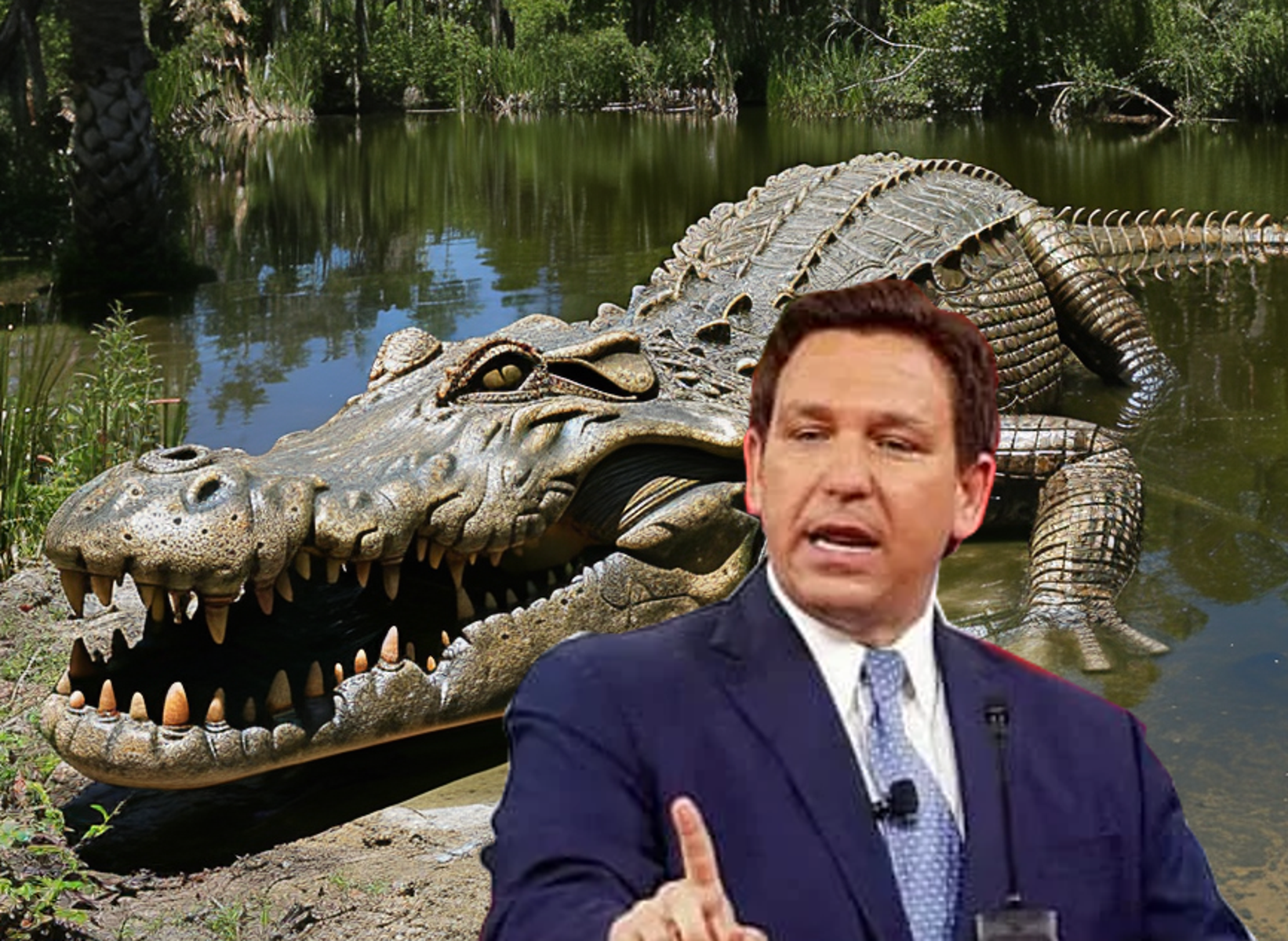Florida’s Vulnerability to Accelerated Sea-Level Rise: A Terrifying Reality
The climate crisis is unraveling at an alarming pace, with Florida positioned at the forefront of an impending catastrophe. Florida, renowned for its picturesque coastal cities and vibrant communities, now faces an ominous and accelerated threat: sea-level rise. Recent scientific evidence suggests that the speed and extent of this crisis may have been significantly underestimated, placing several major Florida cities on the brink of being entirely submerged by 2030.
Unprecedented Albedo Loss and Accelerated Melting
The disconcerting phenomenon of sea ice melting has been the subject of extensive discussion in the discourse on sea-level rise. At the core of this issue lies the albedo effect, which concerns the reflectivity of surfaces. Rising temperatures have led to the rapid melting of ice, exposing darker ocean water that absorbs more heat, initiating a destructive cycle of melting. Recent observations reveal that the Arctic’s ice is disappearing at an alarming pace, exceeding previous forecasts. The consequences of this phenomenon extend far beyond the Arctic’s borders.
Florida’s Largest Cities: Vulnerable to Submersion
Let’s examine the elevation of Florida’s largest cities and compare it to the potential sea-level rise if the scientific consensus proves to be off exponentially, as it has been since the first revision of the IPCC report.
Example 1: Miami Beach
Miami Beach, renowned for its vibrant culture and breathtaking waterfront, epitomizes the precariousness of this alarming trend. By 2030, this iconic city could face complete submersion due to sea-level rise. The elevation of Miami Beach is just a few feet above sea level, making it exceptionally vulnerable to even minor increases in sea level. The city’s iconic Art Deco architecture and pristine sandy beaches may soon become distant memories, as the looming threat of a watery cataclysm looms large.
Example 2: Tampa
Tampa, another jewel in Florida’s crown, confronts the grim prospect of being entirely underwater within a decade. With its sprawling bayfront and rich cultural heritage, Tampa is grappling with an existential threat posed by rapidly escalating sea levels. The elevation of Tampa is similarly close to sea level, leaving it exposed to the relentless tide. Climate scientists warn that without immediate and profound intervention, this vibrant city could find itself submerged beneath the waves, displacing millions of residents.
Raging Wildfires: Exacerbating the Crisis
As if the peril of melting ice and glaciers weren’t disconcerting enough, the mounting frequency and intensity of wildfires have exacerbated this predicament. Climate change has fueled these infernos, releasing vast amounts of carbon dioxide into the atmosphere and amplifying the greenhouse effect.
Example 3: Fort Lauderdale
Fort Lauderdale, celebrated for its picturesque waterways and thriving boating culture, is now in danger of succumbing to sea-level rise, further heightened by wildfires. The black carbon particles discharged by these conflagrations settle on snow and ice surfaces, diminishing their reflectivity and accelerating the thaw. The once-glamorous “Venice of America” could soon be engulfed by a rising sea, imperiling its residents and iconic landmarks.
The Urgency of Sound and Resounding Warnings
The scientific process often approaches alarming situations with caution and hesitancy, preferring conservative estimates over worst-case scenarios. This approach, while scientifically responsible, may sometimes resemble a person in a burning building politely asking everyone to leave as soon as possible when, in reality, they should be screaming “fire!” at the top of their lungs if they want to save lives.
Conclusion: An Urgent Call to Action
Florida’s fate teeters on the precipice of disaster, as a convergence of factors—unprecedented albedo loss, accelerated glacier melting, and raging wildfires—imperils its cherished coastal cities. The accelerated timeline for complete inundation, possibly as soon as 2030, is a terrifying reality that demands immediate, concerted action.
Furthermore, this dire scenario serves as a stark reminder of the catastrophic consequences of a planet with a 96% carbon dioxide (CO2) atmosphere. Venus, with its scorching surface temperatures averaging 900 degrees Fahrenheit (475 degrees Celsius), presents a harrowing case in point. While we understand the effects of such a CO2-rich environment, the precise mechanisms triggering Venus’s runaway greenhouse effect remain enigmatic. This uncertainty underscores the urgency of addressing climate change on Earth. Our planet’s atmosphere could potentially follow a similar cataclysmic path, with catastrophic ramifications if we fail to act decisively and urgently.
Sources
- Title: “Acceleration of ice mass loss from the Greenland and Antarctic ice sheets,” Authors: R. S. Nerem et al., Date: 2018, Journal: Nature.
- Title: “Ice-sheet-driven methane storage and release in the Arctic,” Authors: Brett Thornton et al., Date: 2021, Journal: Nature Communications.
- Title: “The Dynamic Response of Arctic Glaciers and Ice Caps to Climate Change,” Authors: J. L. Bamber et al., Date: 2018, Journal: Nature.
- Title: “Amplified melt and flow of the Greenland ice sheet driven by late-summer cyclonic rainfall,” Authors: M. Tedesco et al., Date: 2019, Journal: Nature.
- Title: “Black carbon-induced snow albedo reduction and water-energy balance in the Tibetan Plateau: A review,” Authors: W. Chen et al., Date: 2018, Journal: Earth’s Future.
- Title: “Climate Change: Melting of Antarctic ice shelves will accelerate sea-level rise,” Authors: Pritchard, H. D. et al., Date: 2012, Journal: Nature.
- Title: “Sea-level rise due to polar ice-sheet mass loss during past warm periods,” Authors: Dutton, A. et al., Date: 2015, Journal: Science.
- Title: “Greenland ice sheet mass balance: a review,” Authors: van den Broeke, M. et al., Date: 2017, Journal: Reports on Progress in Physics.
- Title: “Wildfire-driven thunderstorms cause a volcano-like stratosphere injection of smoke,” Authors: Fromm, M. D. et al., Date: 2010, Journal: Nature.
- Title: “Wildfire-induced pyrocumulonimbus transport of anthropogenic aerosol,” Authors: Fromm, M. D. et al., Date: 2018, Journal: Geophysical Research Letters.





